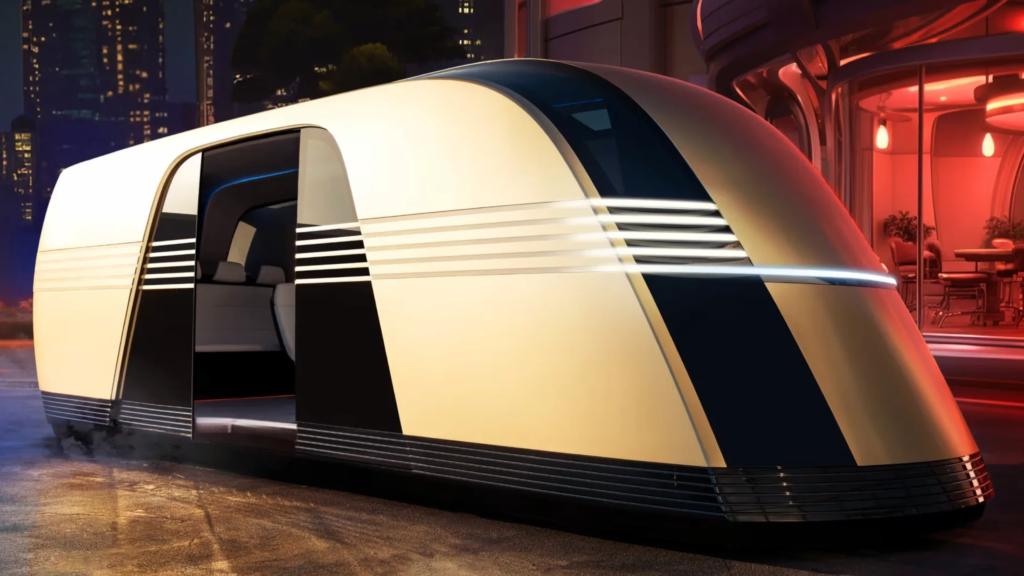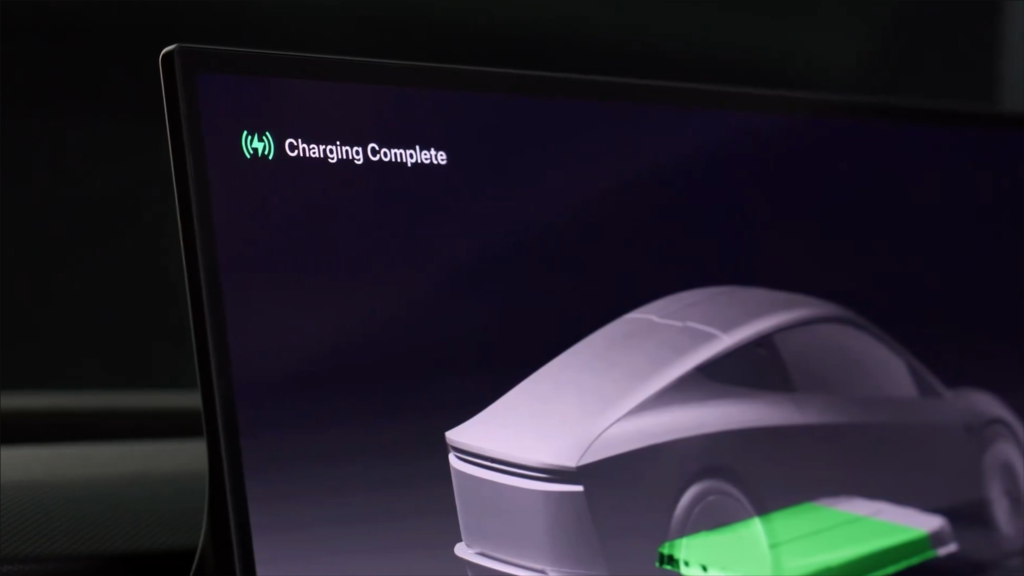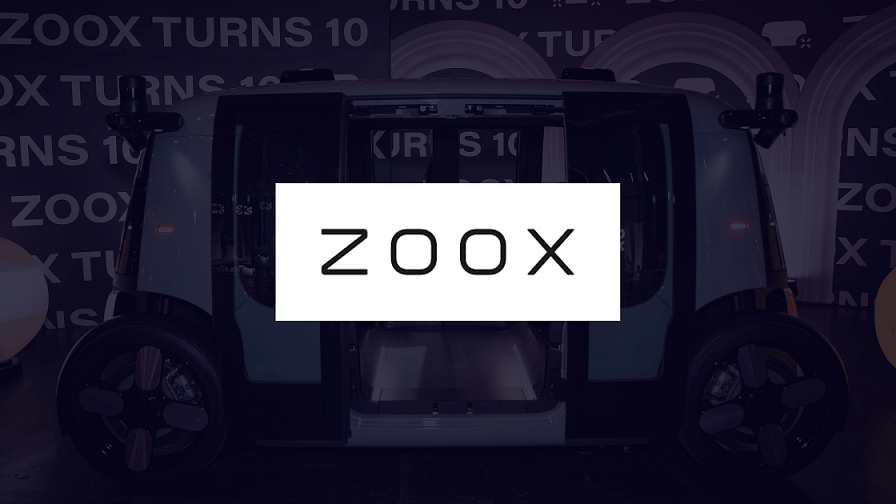We are living in an era where hailing a ride is as simple as tapping your smartphone, and your vehicle arrives without a driver; the autonomous vehicle era. Recently, Elon Musk’s Tesla thrusted itself into the self-driving conversation after it finally unveiled its self-driving vehicle: the Cybercab. This comes after many years of failed promises.
Tesla’s Cybercab is a futuristic self-driving system which has been touted to reshape urban mobility.
As Elon Musk stated during its unveiling, “This is a very big deal,” emphasizing that these vehicles could be 10 to 20 times safer than human-driven cars, potentially saving countless lives on the road.
With features like inductive charging and an interior designed for passenger entertainment rather than driving, the Cybercab represents a leap into a new era of transportation.
In this article, we unpack 10 fascinating things to know about the Tesla Cybercab—a vehicle poised to redefine how we think about autonomous ride-hailing in our increasingly automated world.
10 Fascinating Things to Know About Tesla’s Robotaxi
Here are ten interesting things you should know about Tesla’s cybercab and cybervan:
1. Founding and Origin Story

The concept of a Tesla robotaxi was first introduced by Elon Musk in April 2019 during an event dubbed “Autonomy Day.” At this event, Musk envisioned a network of self-driving Tesla vehicles that could operate autonomously, transporting passengers while not in use by their owners.
Musk aimed to achieve full autonomy (Level 5) by 2020, asserting that Tesla vehicles would be able to navigate without any human intervention. He suggested that this would be enabled through over-the-air software updates, allowing existing Tesla cars to become robotaxis.
In 2021, Tesla began rolling out its Full Self-Driving software to select customers. However, this system was still considered Level 2 automation, requiring driver supervision and attention at all times. Despite its name, FSD did not deliver the fully autonomous experience Musk had promised.
Over the years, numerous deadlines for the robotaxi’s launch were missed. Musk’s optimism about achieving a fleet of autonomous vehicles faced skepticism as safety concerns and regulatory challenges mounted.
On October 10, 2024, Tesla officially unveiled a futuristic-looking autonomous vehicle model called “the Cybercab” at the “We, Robot” event in Los Angeles. This vehicle is designed specifically for autonomous driving and lacks traditional controls like a steering wheel and pedals. The Cybercab is intended to offer a ride-hailing experience similar to Uber but without a human driver.
Launched alongside the cybercab was the Cybervan (aka “Robovan”). The cybervan is an exciting addition to Tesla’s fleet of autonomous vehicles. It can accommodate up to 20 passengers, making it a versatile option for both public transportation and private ride-sharing services.

Its futuristic design includes a unique aesthetic that aligns with Tesla’s other vehicles, featuring sleek lines and a spacious interior.
2. Tesla Cybercab Interior

The Tesla Cybercab’s interior is designed specifically for autonomous driving, emphasizing comfort and entertainment for passengers. The most striking aspect of the Cybercab’s interior is the complete absence of a steering wheel and pedals, reflecting its design for full autonomy. This allows for a more spacious cabin layout, as traditional driver controls are unnecessary.
As for seating arrangement, the Cybercab is designed to accommodate only two passengers, with no second row of seating. This minimalist approach maximizes legroom and comfort, allowing the seats to be pushed back further than in conventional vehicles.
A prominent feature of the interior is a 20.5-inch touchscreen display positioned centrally. This screen serves multiple functions, allowing passengers to watch movies, play games, conduct video calls, and access various entertainment options during their ride.
The Cybercab features unique gullwing doors that open upward, providing easier access to the cabin while also enhancing the vehicle’s futuristic appeal.
3. Inductive Charging Integration

The electric Tesla Cybercab features an innovative inductive charging system that eliminates the need for traditional charging ports, enhancing its design as a fully autonomous vehicle. Here’s how it works: The Cybercab’s wireless charging system allows it to charge by simply parking over a specially designed charging pad. This method is similar to how some smartphones charge on wireless pads, making the process seamless and convenient for users.
Tesla has stated that the efficiency of its inductive charging system is “well above 90%,” addressing concerns about energy loss typically associated with wireless charging technologies. This high efficiency is crucial for maintaining operational costs and effectiveness in a commercial robotaxi service.
During the “We, Robot” event, Tesla demonstrated that the Cybercab could charge at a rate of 19 kW when at a 35% state of charge (SoC). This speed is significantly faster than Tesla’s Wall Connector, which offers up to 11.5 kW, though it is slower than Tesla’s Superchargers. Some reports suggest that under optimal conditions, the Cybercab could achieve charging speeds of up to 25 kW.
The Cybercab will not include a conventional NACS (North American Charging Standard) port or any other type of plug-in connector, reinforcing its design as an autonomous vehicle that requires minimal human interaction for operation. As for battery concerns, speculation suggests that the Cybercab may utilize Tesla’s new 4680 battery cells, potentially enhancing overall performance and cost-effectiveness.
4. Core Autonomous Features

Tesla’s Cybercab is engineered for Level 4 and Level 5 autonomy, meaning it can operate without any human intervention. This design eliminates traditional driving controls such as a steering wheel and pedals, allowing passengers to enjoy their ride without the need to focus on driving.
The vehicle relies on a sophisticated artificial intelligence (AI) system that utilizes end-to-end machine learning. This technology processes data from a suite of cameras and sensors to make real-time driving decisions based on its environment, effectively translating visual information into navigational actions.
The Cybercab employs an extensive array of cameras for monitoring surroundings, which is central to its autonomous functionality. Unlike some competitors that utilize radar or LIDAR, Tesla focuses solely on camera-based systems, aiming to keep production costs lower while simplifying the vehicle’s design.
Tesla’s autonomous system benefits from data collected from its fleet of vehicles, which complete millions of trips. This vast dataset helps improve safety and performance over time, as the AI learns from various driving scenarios encountered by other Tesla vehicles.
5. Safety Features

Elon Musk has claimed that the Cybercab is expected to be 10 to 20 times safer than human-driven cars. This assertion is based on the advanced technology and algorithms designed to minimize accidents and enhance passenger safety. The vehicle employs advanced computer vision technology to interpret data from its cameras, enabling it to make real-time driving decisions based on its surroundings. Also, Tesla’s AI technology processes visual data to enhance decision-making capabilities, allowing the vehicle to adapt and learn from various driving scenarios over time.
Another cool safety feature is the ability of Tesla’s autonomous vehicles to handle emergency situations effectively, such as yielding to emergency vehicles or navigating unexpected detours.
6. Cost Efficiency

The Cybercab aims for a low operational cost of approximately $0.20 per mile, This figure is significantly lower than traditional urban transportation options, such as city buses, which typically cost around $1 per mile. It makes the Cybercab an attractive alternative for both riders and potential owners looking to generate income through ride-hailing services.
7. Cybercab Just Under $30,000?

The Tesla Cybercab is set to be priced below $30,000, with Elon Musk indicating that the cost will be around $25,000 during recent discussions. This pricing strategy aims to make the Cybercab an accessible option for consumers looking to own an autonomous vehicle.
Elon Musk suggested that the Cybercab’s price point is designed to attract a broad market segment, making it competitive with other vehicles in the electric and autonomous space.
8. Revenue Generation Opportunities for Cybercab Owners

Tesla plans to integrate the Cybercab into its ride-hailing app, allowing owners to generate income by offering rides when their vehicles are not in use. Tesla will take a commission of 25-30% from these rides, providing a potential revenue stream for owners while making the service more accessible to consumers.
If this comes to fruition, it will be the first time an autonomous vehicle company is allowing people to purchase and monetize a self-driving car in the United States.
9. Ambitious High Production Goal

Elon Musk has indicated that Tesla aims for volume production of at least 2 million units of the cybercab per year, which could lead to economies of scale in manufacturing and lower costs per unit over time. This ambitious production goal is part of Tesla’s strategy to establish a robust presence in the autonomous vehicle market.
During Tesla’s recent earnings call, CEO Elon Musk expressed confidence that the Cybercab would reach volume production by 2026. This timeline indicates not just the start of production but a ramp-up to substantial output levels, which is crucial for meeting market demand and fulfilling business objectives.
To achieve this high production volume, Tesla plans to manufacture the Cybercab in more than one factory. This strategy will help distribute production capacity and mitigate risks associated with relying on a single manufacturing site.
10. Deployment and Regulatory Status

As of now, the Cybercab has not yet entered commercial operation. Tesla has revealed prototypes—specifically 20 Cybercabs—that were demonstrated at the unveiling event. These vehicles showcased their autonomous capabilities by driving unsupervised around the event venue in California.
However, according to a recent report, the Cybercab was spotted taking Tesla workers for a ride at Giga, Texas.
Large-scale production of the Cybercab is anticipated to begin in 2026, with a goal of achieving volume production by that year. Elon Musk has indicated that Tesla aims to produce at least 2 million units annually, which would position the Cybercab as a significant player in the autonomous vehicle market.
To deploy the Cybercab commercially, Tesla must secure regulatory approvals from the California Department of Motor Vehicles (DMV) and National Highway Traffic Safety Administration (NHTSA). The DMV is responsible for issuing driverless testing permits to AVs while the NHTSA will address compliance issues regarding the lack of traditional driving controls.
Conclusion
We are witnessing global transportation revolution, and Tesla is at the forefront of this technology—competiting with other giants in this sector like Waymo and Zoox.
As production gears up for 2026, the world is watching closely, eager to see if Tesla can transform this ambitious vision into reality.
With its innovative design and commitment to cutting-edge technology, the Cybercab is not merely a glimpse into the future; it represents a potential turning point in how we think about personal and shared transportation.
Will it live up to the hype, or will it face the same hurdles that have challenged its predecessors? Only time will tell, but one thing is certain: the journey towards fully autonomous mobility has never been more exciting.
You May Also Like:
- 10 Fascinating Things to Know About Nvidia (Key Facts)
- Autonomous Mobility: 10 Interesting Key Fact About Beep
- Autonomous Trucking: 10 Key Facts About Gatik
- 10 Intriguing Things to Know About GM’s Cruise
- 10 Interesting Things to Know About Kodiak Robotics in 2024
- Ten Things to Know About Aurora Innovation in 2024

I’m Dr. Brandial Bright, also known as the AVangelist. As a dedicated and passionate researcher in autonomous and electric vehicles (AVs and EVs), my mission is to educate and raise awareness within the automotive industry. As the Founder and Managing Partner of Fifth Level Consulting, I promote the adoption and innovation of advanced vehicle technologies through speaking engagements, consulting, and research as we progress to level 5 fully autonomous vehicles.







